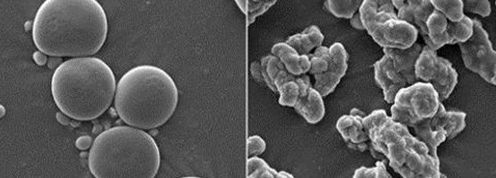Starch bioengineering, diet and biomaterials
Modified starches are important commodities used in many food and material applications. In 2011 the global annual production of pure native starch was 73 million tons and it is expected to reach 133.5 million tons in 2018, see here.
Most industrial applications of starch require extensive modification, usually achieved by chemical and/or physical modification that is time consuming, expensive and polluting. Functionality should be imparted as early as possible in the production chain, preferably directly in the roots, tubers, seeds and grains of the crop, or by clean enzyme-based technology. Dietary starch has been a strong driver for human development and is now our most important energy provider. Today, a healthy life style is gaining in importance, which has resulted in an exceptional increase in foods containing beneficial and functional ingredients supporting a healthy intestinal flora. So-called resistant starch provides these functionalities. Microplastics in foods and in the environment is identified as an escalating problem. Bioplastics derived from argomaterials and waste streams can provide a solution to this problem. Bioplastics raw materials can be produced directly in the plant or by post-harvest clean technology.
Selected publications
- Sagnelli D, Hebelstrup; KH, Leroy E, Rolland-Sabate A, Guilois S, Kirkensgaard JJK, Mortensen K, Lourdin D Blennow A (2016) Plant-crafted starches for bioplastics production. Carbohydrate Polymers 152, 398-408
-
Hebelstrup KH, Sagnelli, D, Blennow A (2015) The future of starch bioengineering: GM microorganisms or GM plants? Frontiers Plant Sci 6, 247, doi: 10.3389/fpls.2015.00247
